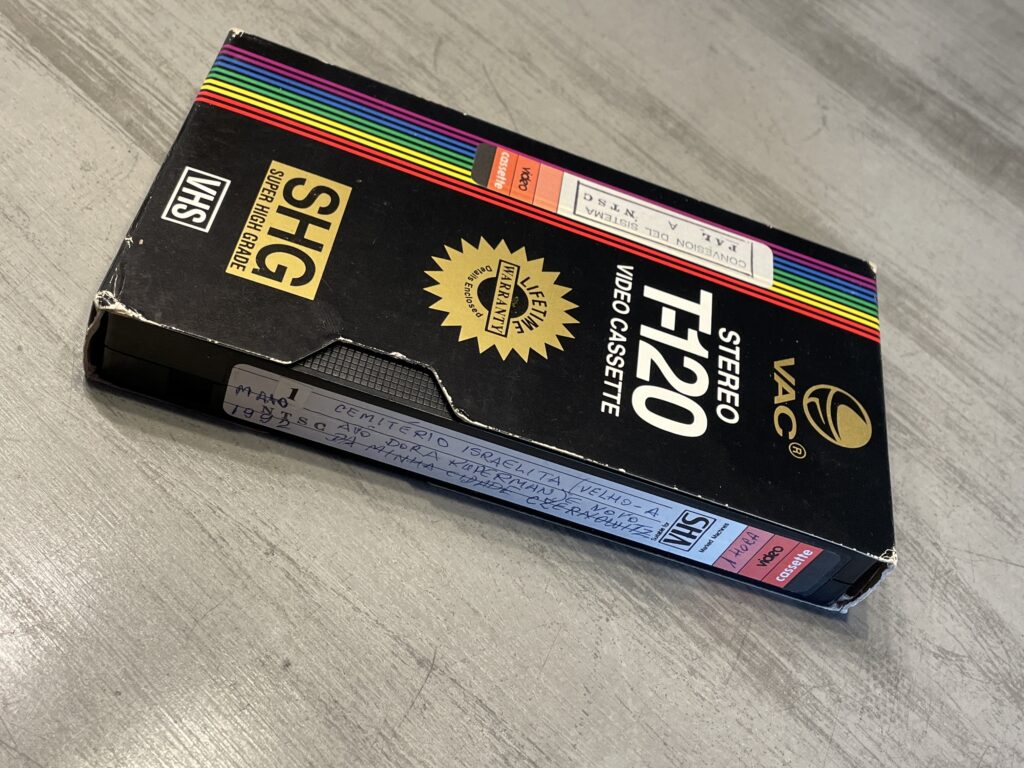KEYWORDS
• Commentary by Anna Barth’s son, who is visiting Czernowitz from [Venezuela] in May 1992
• Interview with Boris Dratva
• Interviews with Holocaust survivors
• Vandalism at the cemetery
HEADSTONES [in order of appearance]: Anna Kahane • Ruchel Kramer • Mali [?] Rosenberg • Golde Hecht • Anna Barth • Israel Schorr • Aron Moses Weissman • Mortco Kirmayer • Berl Brandmann • Abraham Gewürz • Gusta Baar • Simon Leiser Kinsbrunner • Bertha Kinsbrunner, née Schimmel • Sidi [?] Herman • Dora Kuppermann • Nathan Tropper • Emanuel Salter, Kamena • Elias Kampelmacher • Markus Kampelmacher • Dr. Benno Straucher • Fany Straucher Rosenstraus • Dr. Eduard Straucher • Marie Fischer-Straucher • David Tittinger • Berta Goldenberg • Pepi Trichter • Josef Steiner • Babette Steiner, née Kraus • Emil Steiner • Samuel Dankner • Calman Fischer • Chawe Hudel Krell • Markus und Dora Gewürz • Samuel Hechler [?] / Mechler [?] • Bruno Tittinger • Dr. Ludwig Chaies • Helene Rosenkranz • Aron Rosenkranz • Dr. Leo Rosen • Henriette Rosenzweig • Anna Zirl Abeles • Leon Abeles • Chaim Rosenzweig • David Altmann • Rose Altmann, née Luft • Berta Eisenberg, née Altmann • Jonas Grabstein • Salomon Goldschmidt • Rosa de Anhauch • Berl und Brane Rudel • Eliezer Steinbarg • Betty Bursztyn















